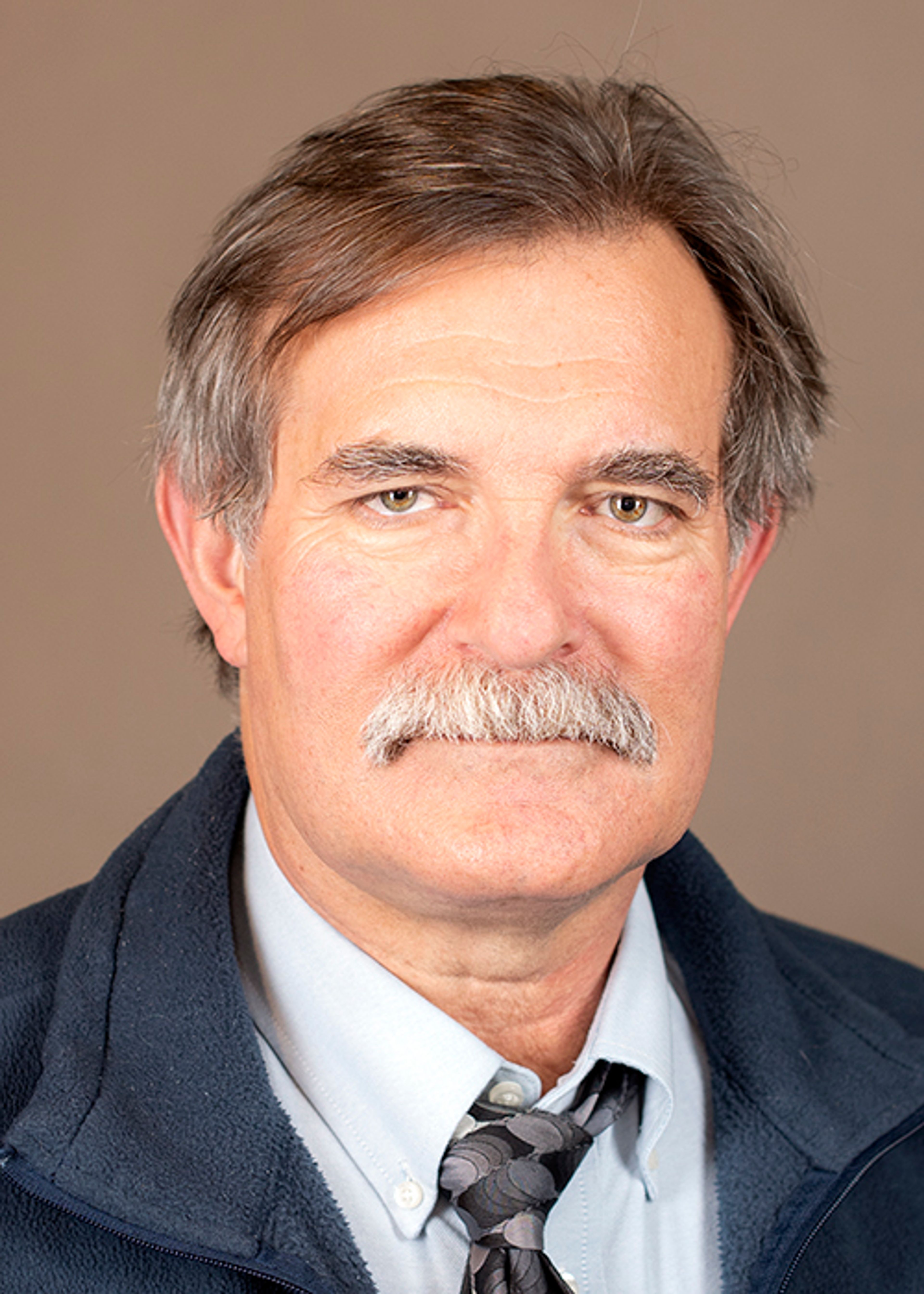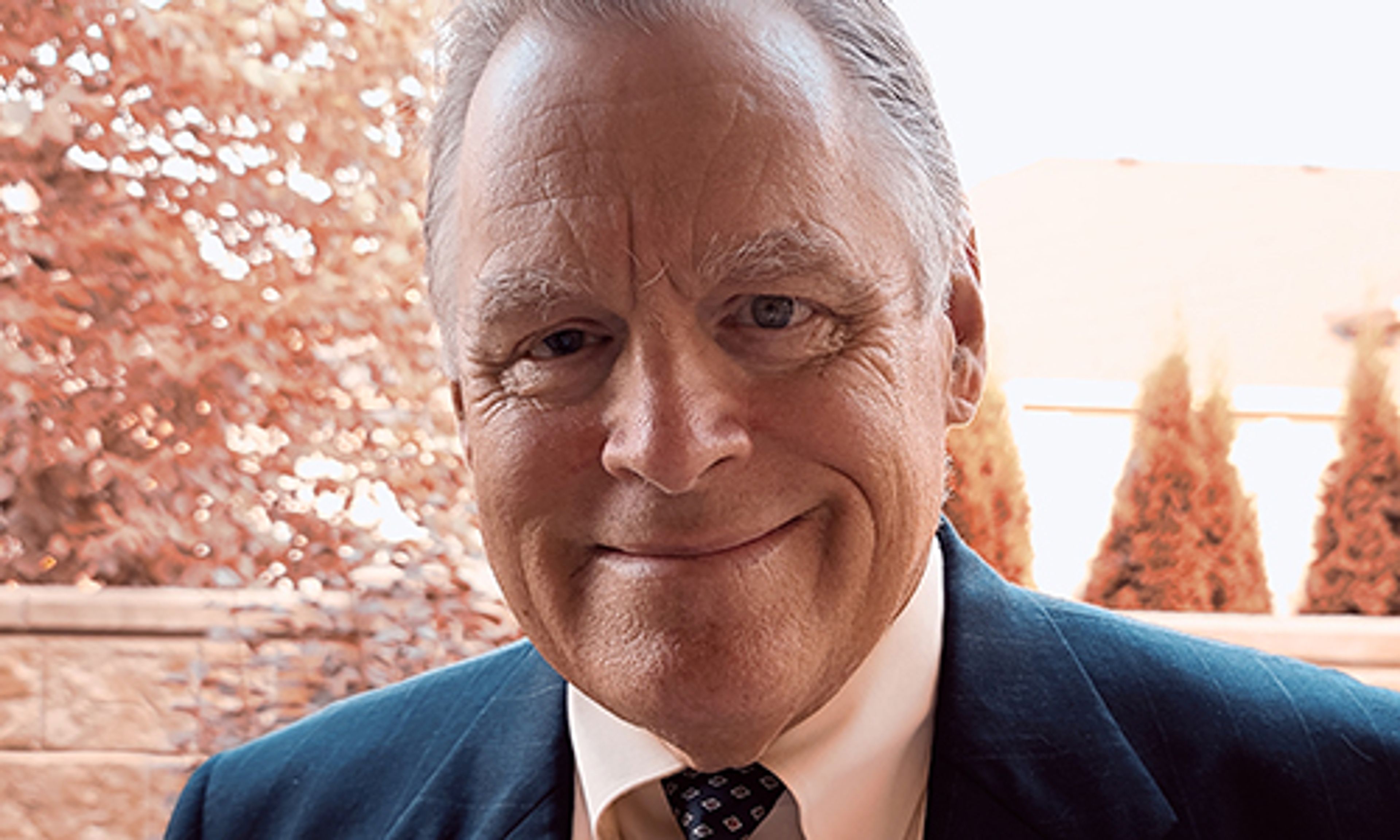Idaho lawmakers say they’re kicking the tires of Medicaid expansion. They want to know how to cover the state’s anticipated $42 million share of that program.
They think they found one pot of money —the counties.
They’re not necessarily wrong. They’re just getting way ahead of themselves.
Extending Medicaid coverage to low-income Idaho adults always had one big selling point: It was cheaper and far more humane than relying on the counties’ medically indigent system.
Under federal law, most hospitals must extend care to people who walk into their emergency rooms, regardless of ability to pay. If those patients lack money, the counties become the payers of last resort.
Covering the first $11,000 of each medically indigent claim costs Idaho counties an estimated $20 million.
Larger claims, processed through Idaho’s catastrophic health care fund, run about $19 million.
Medicaid expansion also offered the promise of preventive care.
Medically indigent programs responded to crises.
So an interim legislative panel is already floating ideas that would drain county budgets of an equal amount of revenue sharing or eliminate the indigent program entirely to help pay the bills.
“This is a series of ideas that attack the problem from a different angle,” said Rep. Megan Blanksma, R-Hammett. “We’re just throwing it up in the air for future discussion.”
For the sake of argument, consider the following:
l Medicaid expansion does not begin until Jan. 1. Still unresolved is whether the federal government will go along with the Legislature’s so-called sideboards, including a work requirement.
l How many Medicaid eligible people will eschew coverage? Just like those who dropped subsidized policies on the health insurance exchange when Congress removed Obamacare’s coverage mandate, there will be those who gamble wrong. When they get hurt or sick, they won’t be able to pay their medical bills. If the indigent program remains intact, counties will be liable. If the program is eliminated, hospitals will absorb the loss, which could lead to shifting costs onto other patients, primarily those with health insurance.
l Over time, the county program has paid more to provide help to the mentally ill. Last year, that came to $7.5 million out of the $19 million — and much of that is not necessarily going to be picked up by Medicaid expansion.
l People served by Medicaid expansion and the medically indigent program are not necessarily the same, as the Legislature is attempting to convince you. Some counties are more generous with covering indigent services. Some, especially smaller counties, have volatile caseloads; costs rise and fall given the circumstances. Drawing money out of the counties’ revenue sharing account would be guesswork. Some counties would have a windfall. Others would fall behind, and that could lead to cuts in law enforcement, jails and court services.
l Idaho got out of the business of supporting state programs with local property taxes more than a decade ago when it eliminated an equalized levy for public education maintenance and operations. Isn’t this a step backward?
l Where’s the need? Look over the estimates and you can find $42 million either in what the state’s own programs would save through Medicaid expansion — or the more than $18 million generated through Idaho’s Millennium Fund endowment.
Local taxpayers are paying for an expensive medically indigent program that may be substantially — or even totally — reduced as Medicaid expansion is implement.
If they do their jobs right, lawmakers will deserve credit for delivering tax relief to Idaho’s beleaguered homeowners.
But they can’t rush this. The facts are not in yet. Kick this tire now and you’ll get a flat. — M.T.








